OpenSea’s Strategic Pivot After the NFT Market Downturn
The once-booming NFT market has faced a steep correction in late 2025, with trading volumes plummeting, floor prices collapsing, and speculators fleeing many high-profile projects. In response, OpenSea, the industry’s largest marketplace for non-fungible tokens, has announced a decisive transformation into a multi-chain crypto aggregator. This forward-looking strategy aims to reinforce OpenSea’s leadership, reconnect with its core community, and adapt to the rapidly changing digital asset landscape.
Why Did the NFT Crash Happen?
Analysts cite several factors behind the NFT crash:
-
Oversupply of hastily minted collections
-
Shifting investor sentiment from digital art to AI and utility tokens
-
Economic uncertainties and regulatory scrutiny of Web3 projects
As a result, OpenSea and its competitors have been forced to re-examine their business models and value propositions for creators and collectors alike.
OpenSea’s Multi-Chain Expansion Explained
Aggregating Beyond Ethereum
Previously known for its deep integration with Ethereum and leading Layer 2 solutions, OpenSea now supports listing, buying, and selling NFTs across multiple prominent blockchains. These include Solana, Polygon, Avalanche, Binance Smart Chain, and others. By aggregating assets, liquidity, and tools from across networks, OpenSea empowers users to discover opportunities, manage digital collections, and transact with lower fees and greater speed.
Benefits for Creators and Collectors
-
Access to new audiences: Multi-chain aggregation brings creators’ work to different blockchain communities.
-
Simplified asset management: Unified dashboards give collectors a single view of all holdings and trading activity.
-
Cost-effective transactions: Users can select networks with the lowest fees or fastest settlement times.
-
Resilience and optionality: If one blockchain faces congestion or outages, others remain available for uninterrupted activity.
Feature Upgrades and Community Tools
Cross-Chain Wallets and Portfolio Integration
OpenSea’s revamped platform supports native cross-chain wallets, enabling users to securely hold, transfer, and list NFTs regardless of origin. Advanced analytics show real-time pricing, portfolio allocation by chain, and historical trends—all in one interface.
Curated Discovery and Verified Listings
With multi-chain aggregation, OpenSea now offers curated discovery sections for trending collections, blockchain-specific highlights, and verified blue-chip projects. Improved search and filtering make it easier for buyers and sellers to find quality assets amid the noise.
Smart Contracts for Seamless Transactions
Integrated smart contract solutions help automate cross-chain swaps, royalty payments, and dynamic pricing. OpenSea’s contract upgrades also prioritize security, protecting users from phishing, fake listings, and market manipulation attempts.
OpenSea’s Competitive Position and Industry Impact
Staying Relevant in Evolving Web3 Markets
By pivoting to a multi-chain aggregator model, OpenSea remains a frontrunner in the digital assets space despite the NFT sector’s contraction. The platform’s flexibility positions it for future growth as new chains and asset types—including RWA (real-world asset) tokens and AI-generated collectibles—become mainstream.
Setbacks and Challenges
Transitioning to multi-chain support comes with technical, security, and regulatory challenges. OpenSea must ensure smooth interoperability, robust compliance, and continued innovation to remain top-of-mind for global users.
OpenSea’s reinvention as a multi-chain crypto aggregator marks a turning point for Web3 marketplaces. By embracing cross-chain compatibility, richer features, and community resilience, OpenSea sets the foundation for the next era of NFT and digital asset trading—even as the market weathers volatility and transformation.


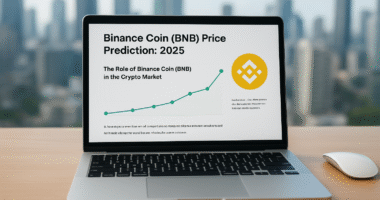

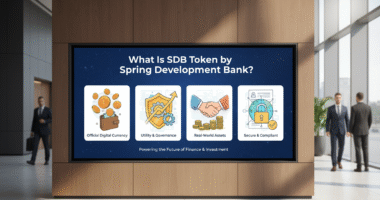
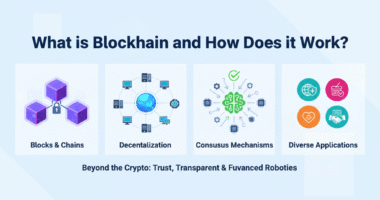
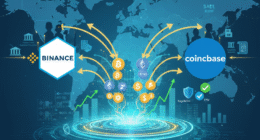
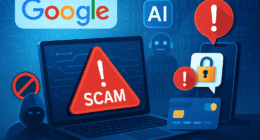
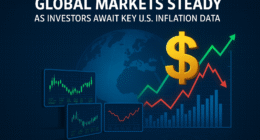

16 comments
Thanks.
Ok
မင်္ဂလာပါ
Thanks for your sharing.
Thanks
ကျေးဇူးပါဗျ
Thanks for Multi – change crypto.
Thanks .
Good to learn
Thank you.
Good 😊
Thanks
Thanks
Done
Learn again
Hope for the best of OpenSea